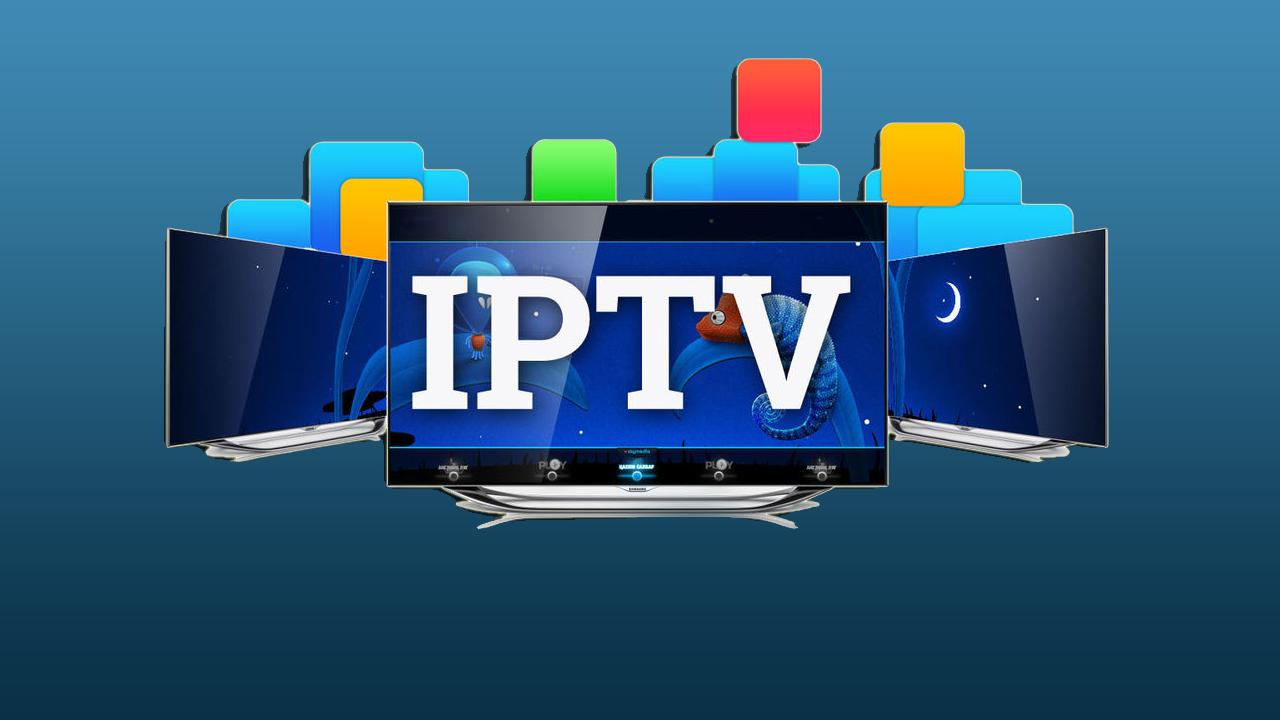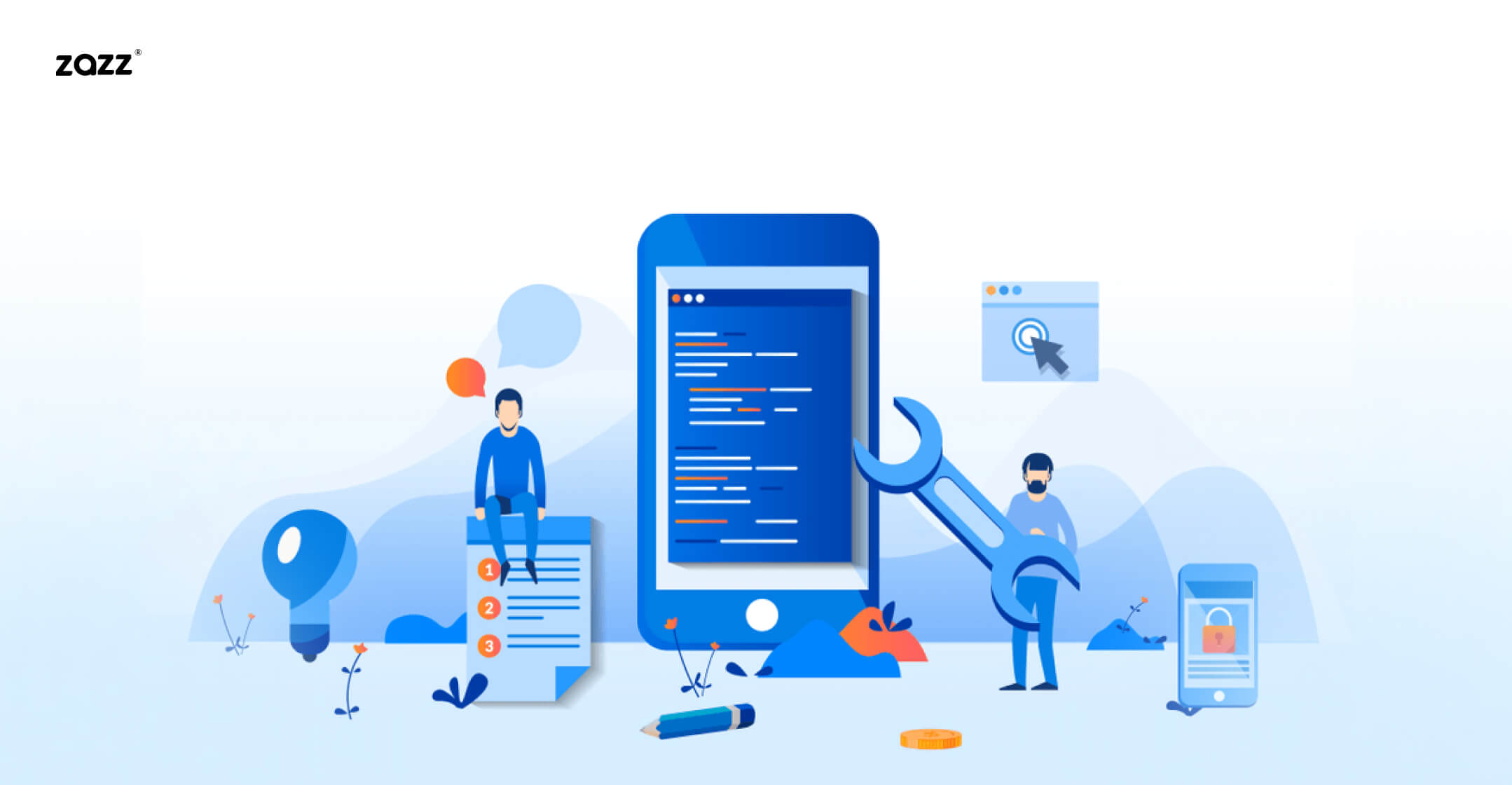Ensuring compliance and meeting regulatory mandates is a very important concern for healthcare providers, payers, and patients. One critical area that often presents significant challenges is the prior authorization process. Traditional manual methods are time-consuming, error-prone, and can lead to delays in patient care.
Here’s where prior authorization automation steps in—a transformative solution designed to streamline this complex process, enhance efficiency, and ensure adherence to regulatory standards. This article delves into the benefits and importance of automated prior authorization services, shedding light on how they can revolutionize the healthcare industry.
Understanding Prior Authorization
Prior authorization is a utilization management process used by insurance companies to determine if they will cover a prescribed procedure, service, or medication. It involves multiple steps, including submission, review, and approval or denial of requests. This process is essential to ensure that the prescribed services are medically necessary and cost-effective.
The Challenges of Manual Prior Authorization
Manual prior authorization is fraught with challenges. Healthcare providers must navigate a maze of paperwork, phone calls, and faxes to get approvals. This method is not only inefficient but also prone to errors and delays. Some of the major drawbacks include:
-
Time-Consuming Processes: Manual submissions can take days or even weeks, delaying patient care.
-
High Administrative Costs: The manual process involves significant administrative effort, leading to increased operational costs.
-
Error-Prone: Manual data entry is susceptible to mistakes, which can result in denials or the need for re-submissions.
-
Lack of Transparency: Tracking the status of prior authorization requests manually can be challenging, leading to frustration and uncertainty.
The Regulatory Mandates
The healthcare industry is heavily regulated to ensure patient safety and cost control. Regulatory bodies like the Centers for Medicare & Medicaid Services (CMS) and the Health Insurance Portability and Accountability Act (HIPAA) set stringent standards for prior authorization processes. Compliance with these regulations is critical to avoid penalties and ensure patient trust.
Benefits of Prior Authorization Automation
Prior authorization automation leverages advanced technologies such as artificial intelligence (AI) and machine learning (ML) to streamline the authorization process. Here are some of the key benefits:
1. Enhanced Efficiency
Automation significantly reduces the time required for prior authorization. What once took days can now be accomplished in minutes. This swift turnaround time ensures that patients receive timely care without unnecessary delays.
2. Cost Reduction
Automated systems reduce the administrative burden on healthcare providers, leading to lower operational costs. By minimizing manual tasks, organizations can allocate resources more effectively and focus on patient care.
3. Improved Accuracy
AI-powered systems can process large volumes of data with high accuracy, reducing the risk of errors. This precision ensures that requests are completed correctly the first time, decreasing the likelihood of denials and re-submissions.
4. Regulatory Compliance
Automated prior authorization services are designed to comply with all relevant regulations. They ensure that the necessary documentation is completed and submitted accurately, helping healthcare providers stay compliant with industry standards.
5. Greater Transparency
Automation provides real-time tracking and updates on the status of authorization requests. This transparency allows healthcare providers and patients to stay informed, reducing uncertainty and improving overall satisfaction.
6. Scalability
As healthcare organizations grow, their prior authorization needs also increase. Automated systems can easily scale to handle higher volumes of requests, ensuring that the process remains efficient even during periods of increased demand.
Implementing Automated Prior Authorization Services
Implementing automated prior authorization services requires careful planning and execution. Here are some steps to ensure a successful transition:
1. Assess Current Processes
Begin by evaluating your current prior authorization processes to identify areas that need improvement. This assessment will help you understand the specific challenges and requirements of your organization.
2. Choose the Right Technology
Select a technology solution that aligns with your organization’s needs. Look for systems that offer integration with your existing Electronic Health Record (EHR) systems and provide comprehensive support for various types of prior authorization requests.
3. Training and Education
Ensure that your staff is adequately trained to use the new automated system. Provide comprehensive training sessions and educational materials to help them understand the benefits and functionalities of the technology.
4. Monitor and Evaluate
Once implemented, continuously monitor the performance of the automated system. Collect feedback from staff and patients to identify any issues or areas for improvement. Regular evaluation will help you optimize the system and ensure it meets your needs.
Future Trends in Prior Authorization Automation
The future of prior authorization automation looks promising, with several trends set to shape the industry:
1. AI and Machine Learning
Advanced AI and ML algorithms will continue to improve the accuracy and efficiency of automated systems. These technologies can analyze vast amounts of data to predict and preemptively address potential issues.
2. Blockchain Technology
Blockchain offers a secure and transparent way to handle prior authorization data. It can ensure data integrity and provide an immutable record of all transactions, enhancing trust and compliance.
3. Integration with Telehealth
As telehealth becomes more prevalent, integrating automated prior authorization services with telehealth platforms will streamline the process for virtual consultations and remote treatments.
4. Patient-Centric Solutions
Future solutions will focus more on the patient experience, providing user-friendly interfaces and real-time updates to keep patients informed throughout the authorization process.
Conclusion
In conclusion, automated prior authorization services are revolutionizing the healthcare industry by ensuring compliance, reducing costs, and enhancing efficiency. By leveraging advanced technologies, healthcare providers can overcome the challenges of manual prior authorization processes and provide timely, accurate care to their patients.
As the industry continues to grow, embracing automation will be crucial for staying compliant and competitive. Investing in automated solutions today will pave the way for a more efficient and patient-centric healthcare system in the future.




